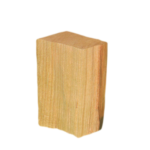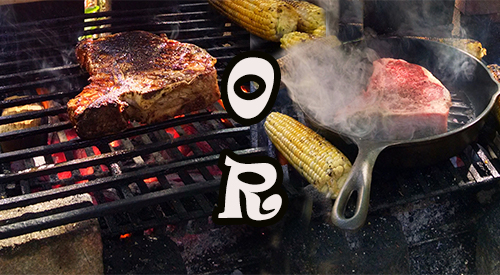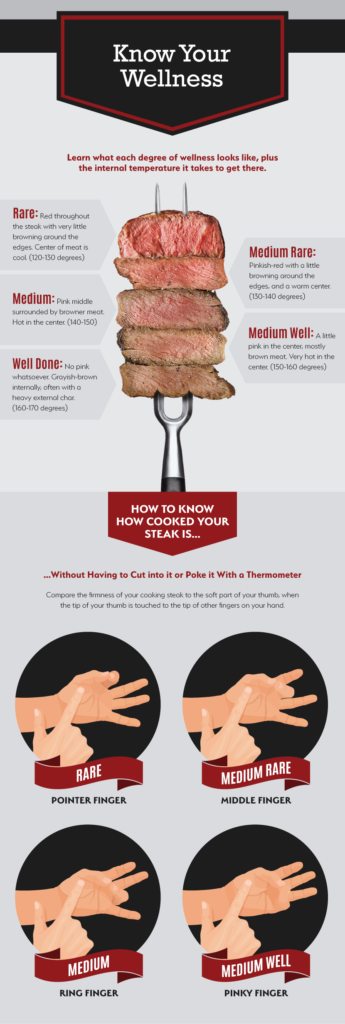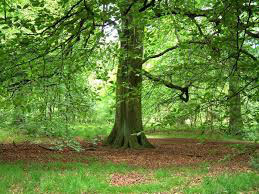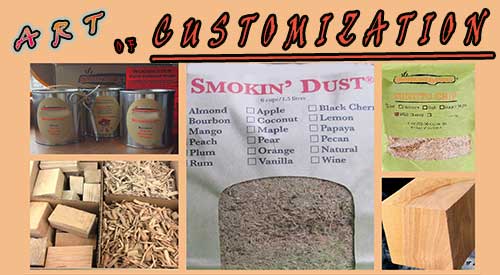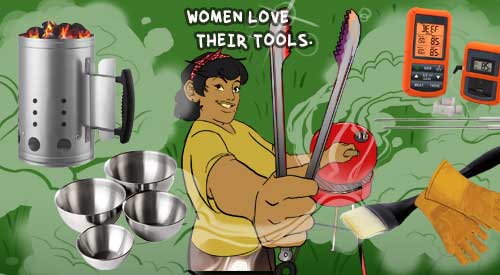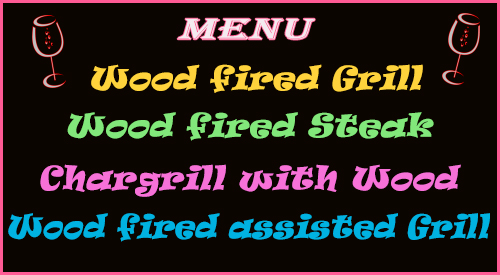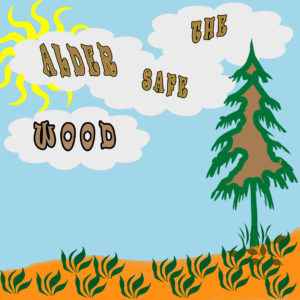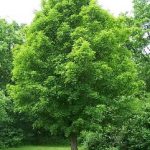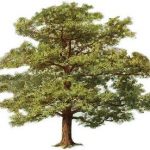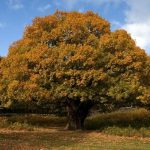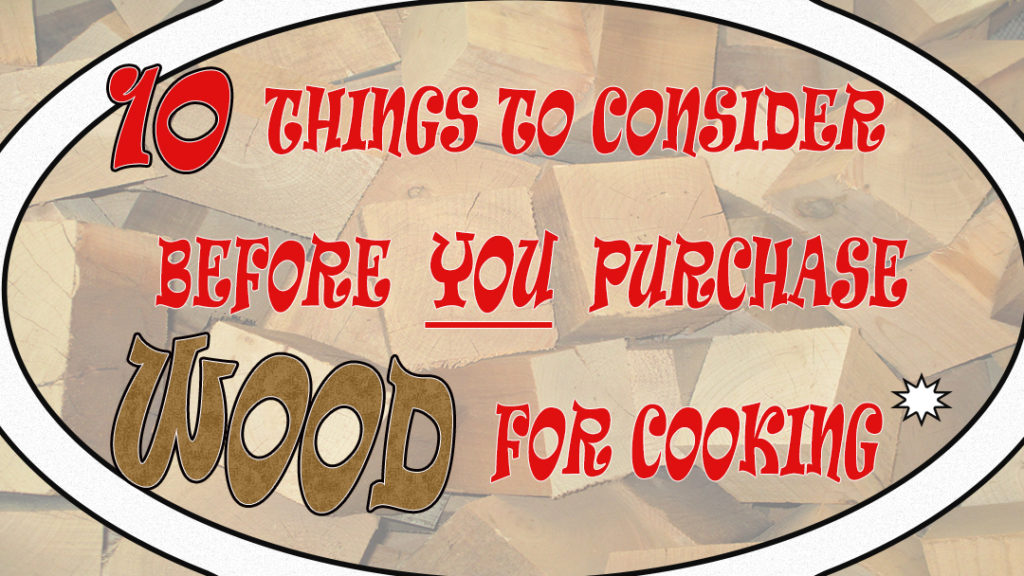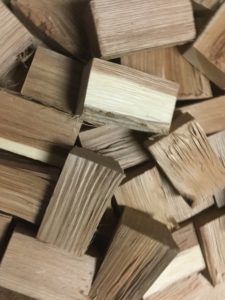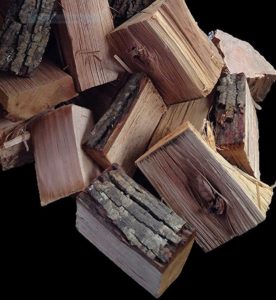Wed 21 Feb 2018
DINING FOR SMILES 6 COURSE DINNER EVENT
Posted by DrSmokeRead other related stories: Cooking With Wood , Events
No Comments
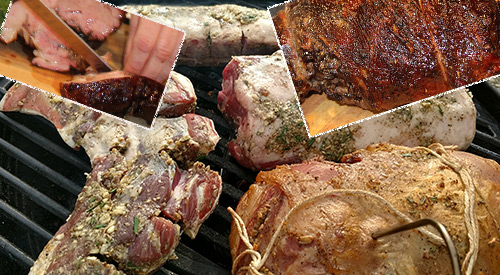
DINING FOR SMILES 6 COURSE DINNER EVENT
DINING FOR SMILES 6 COURSE DINNER EVENT

Alliance For Smiles began in 2004 with the mission to repair cleft palate and lip deformities in under-served areas of the world. In fact, over the years, various fund-raising concepts were instituted to offset the costs for highly expensive missions. Most missions are easily over the $300,000 level in donated surgical and treatment protocols.
Why Portville, NY
Chef Carl Vahl, Board of Directors member for Alliance For Smiles, brought attention to his local community of the efforts for this organization by presenting the Dining For Smiles event, an event which featured a six course gourmet dinner for 18 privileged guests. SmokinLicious® had the honor of preparing many of the components of the meal over a wood fire.
When hosting an intimate event like the Dining For Smiles dinner, organization and assignment of duties are key. As such, Chef Vahl utilized the full volunteer staff regardless if the members had experience in a kitchen or not. The event featured a wonderful six course dining experience with the following featured:
- Tuna Crudo- Course One
- Butternut Squash Soup- Course Two
- Seasonal Salad- Course Three
- Handmade Lobster Ravioli with Brown Butter Sage Sauce- Course Four
- Wood Fired Lamb & Canadian Salmon served with Jasmine Rice and Wood Fired Brussels Sprouts- Course Five
- Panna Cotta with Fresh Mango- Course Six
Additionally, wine pairings were presented with each course revealing an assortment of sparkling, rosé, red and white wines.
The Courses

As the 18 guests arrived and were seated at one of two tables, the first course is served – a Tuna Crudo featuring Sushi-grade tuna nestled in a Wasabi avocado cream, topped with pickled onion and finished with candied lemon peel. This course was served in a martini glass and accompanied by Prosecco, an Italian sparkling wine considered the Italian champagne.
The second course of the Dining For Smiles dinner featured roasted organic butternut squash with the subtle flavor of  nutmeg and topped with a crisped sage leave and touch of maple syrup. My favorite part of this dish was its serving bowl – a charred mini white gourd. By retaining the top of the gourd, you can ensure that the soup stays hot until its placed in front of the guest. Each gourd was hand cut and charred to ensure no off flavors transferred from the gourd to the soup. Just a perfect vessel for this scrumptious soup.
nutmeg and topped with a crisped sage leave and touch of maple syrup. My favorite part of this dish was its serving bowl – a charred mini white gourd. By retaining the top of the gourd, you can ensure that the soup stays hot until its placed in front of the guest. Each gourd was hand cut and charred to ensure no off flavors transferred from the gourd to the soup. Just a perfect vessel for this scrumptious soup.
Following the first two courses of Tuna Crudo and Butternut Squash Soup, the third course was the salad course featuring mixed greens of green and red leaf lettuce, spinach, and frisee; apple slices; candied walnuts; ember cooked red pepper slices; and a fresh vinaigrette. This course helped to balance the stomach in preparation for the upcoming courses that would be richer and more substantial. Paired with our salad course was a full-bodied chardonnay.
Chef prepared homemade lobster ravioli for the fourth course. This was a decadently rich dish featuring a brown butter sage sauce and fresh grated Parmigiano-Reggiano cheese on top. This course was paired with a beautiful Rosé, with both items being well received. As a matter of fact, I don’t recall a plate coming back to the kitchen that wasn’t completely clean!
Main Course for the DINING FOR SMILES 6 COURSE DINNER EVENT
 Now, it’s time for the main course – course number five! First came the proteins. We produced a wood-fired leg of lamb and lamb rib loins cooked over charwood, ash, sugar maple, and wild cherry wood chunks. The wood-fired cooking offered a fabulous color to the meat.
Now, it’s time for the main course – course number five! First came the proteins. We produced a wood-fired leg of lamb and lamb rib loins cooked over charwood, ash, sugar maple, and wild cherry wood chunks. The wood-fired cooking offered a fabulous color to the meat.
Our Canadian salmon enjoyed cooking over charwood and sugar maple and wild cherry wood chunks. A combination of orange butter, olive oil, and smoke vapor produced that beautiful golden skin. After resting a while, the lamb and salmon were sliced in preparation for full plating.
We start with Jasmine rice topped with wood-fired brussels sprouts and carrot. Next to the plate, a slice of wood-fired lamb and a filet of salmon. Served with a custom mixed wine of Sangiovese and Syrah. Simply a perfect course!
Finally, we’ve reached the end of a fabulous meal – the final course – dessert. Panna cotta with fresh mango, served with a German Reisling, the perfect end to a fantastic evening.
the perfect end to a fantastic evening.
A Meal that Stays in Memory
Chef Vahl’s vision for a flavorful, entertaining evening proved to be a realty as these 18 guests can attest to. We are so thankful and honored to have been a part of it.
If you want to donate to the Alliance For Smiles mission, visit www.allianceforsmiles.org and view all the lives that have been touched by the commitment of so many. Always remember to help others in need in any way you or your company can, just as SmokinLicious® was able to do with this Dining For Smiles event!
Glad we could share our DINING FOR SMILES 6 COURSE DINNER EVENT!
Purchase products:
Charwood
Wood Chunks- Double & Single Filet

More Related reading on this subject
Additional reading:
-DINING FOR SMILES EVENT PREPARATIONS
-WELCOME TO OUR BRAT PARTY-BRATWURST IN THE ORION SMOKER COOKER
-JUST BECAUSE YOUR SMOKING (FOOD THAT IS!) DOESN’T MAKE IT ALL BAD!

Dr Smoke- “This charity event was wonderful to do because it’s such a great cause and makes a tremendous difference in people’s lives around the world.”
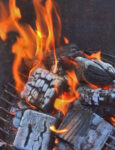



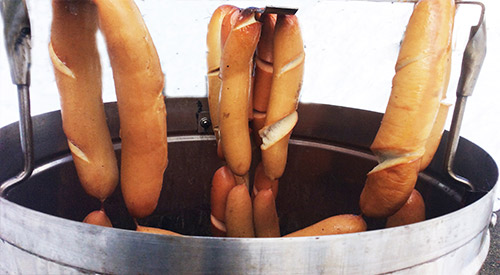
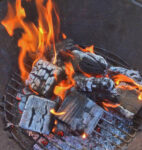
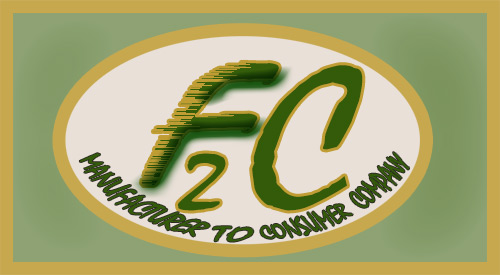

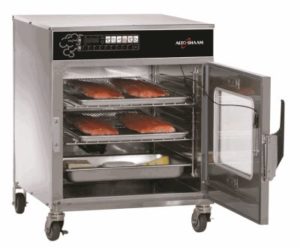
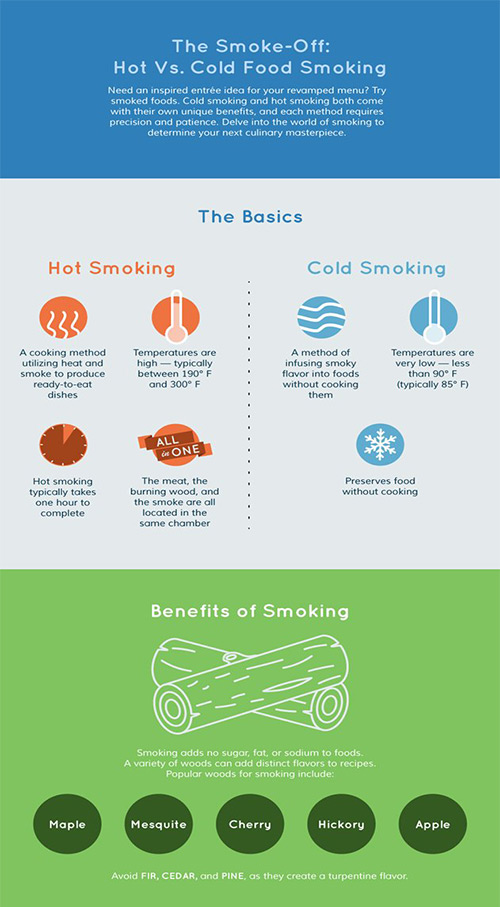
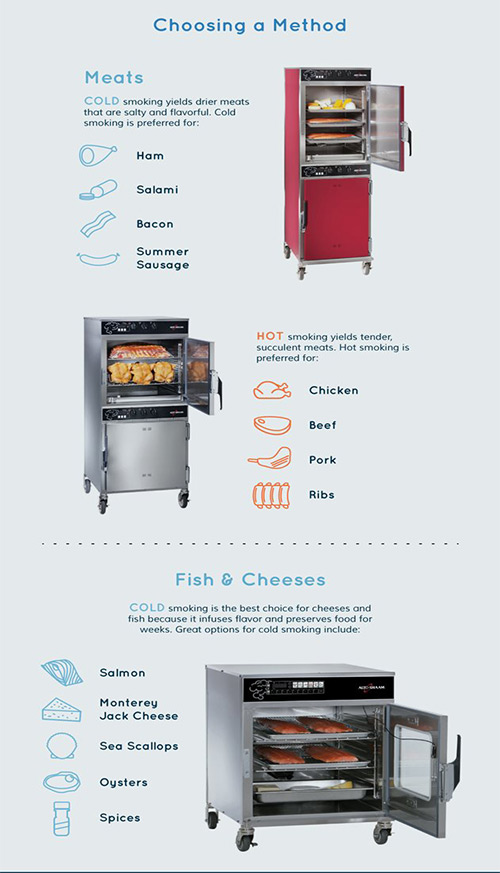
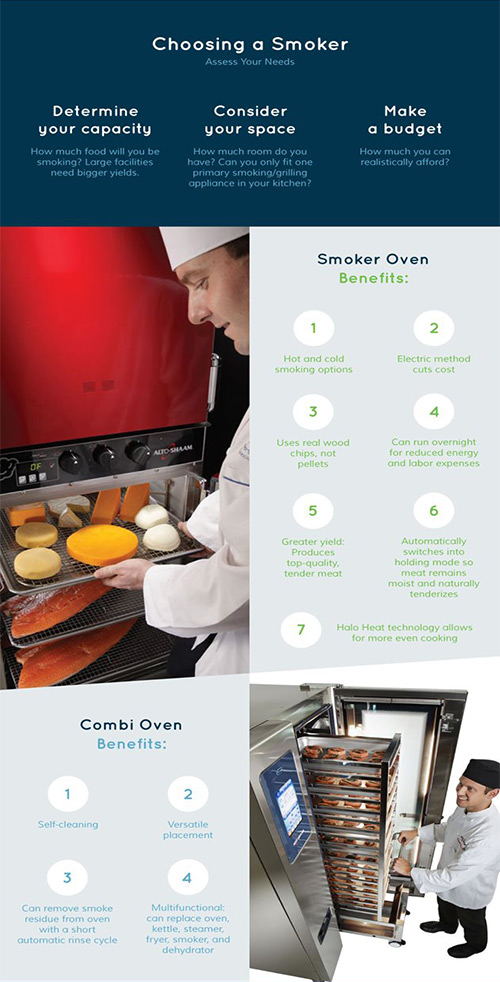
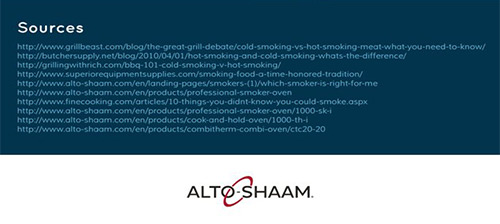

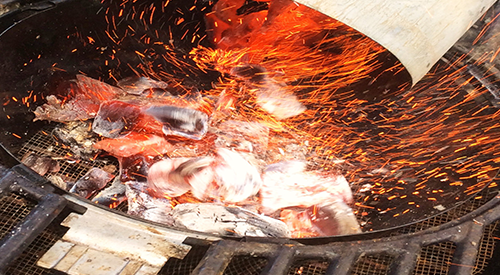
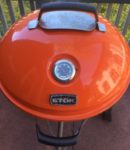 The Kettle Grill
The Kettle Grill